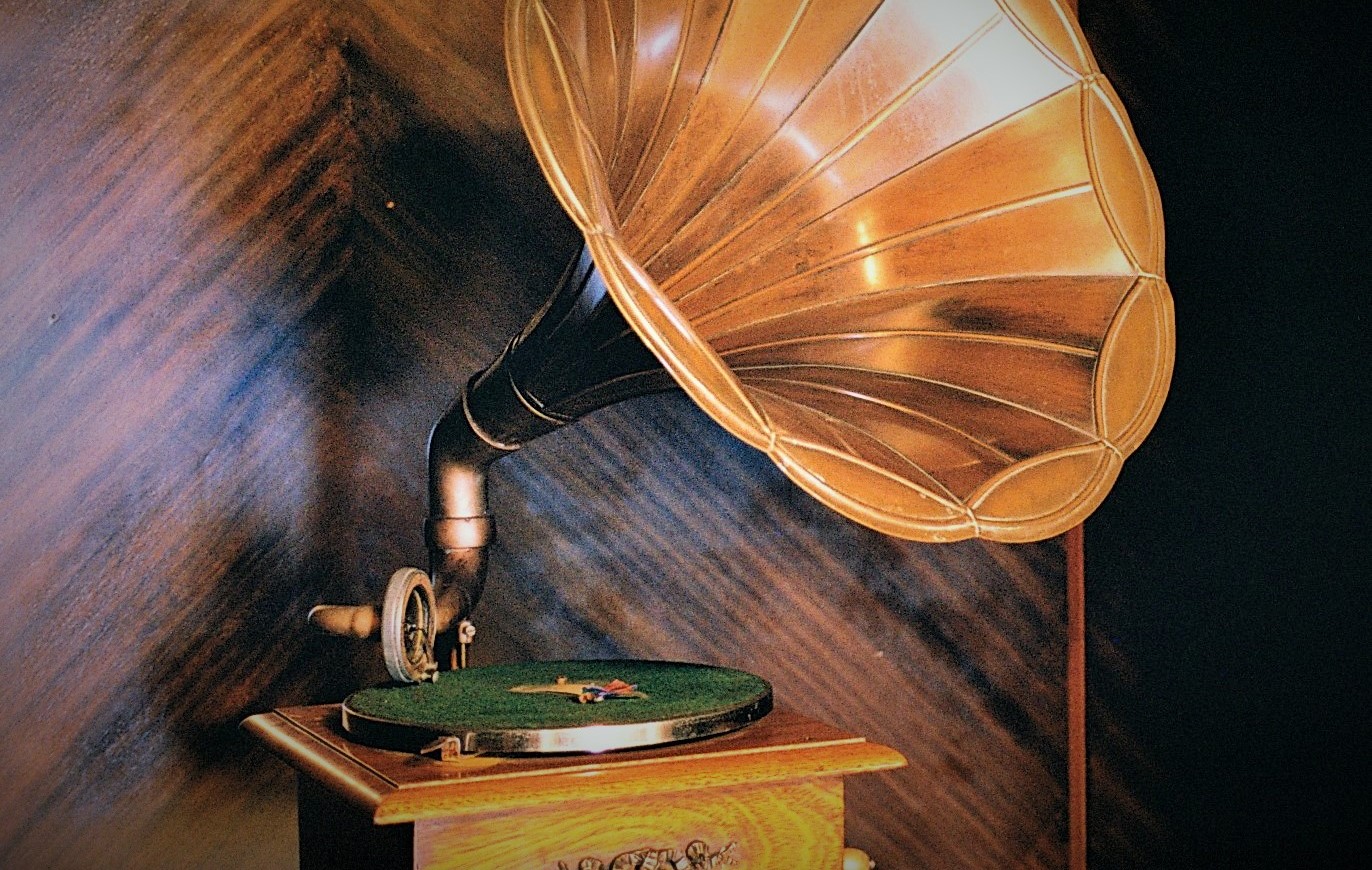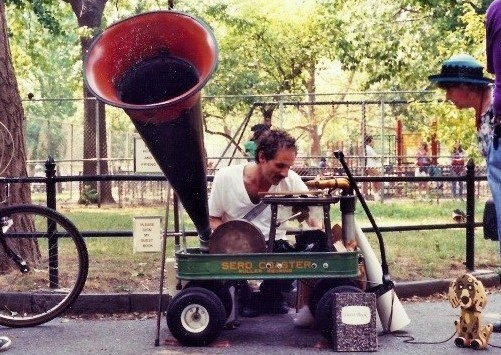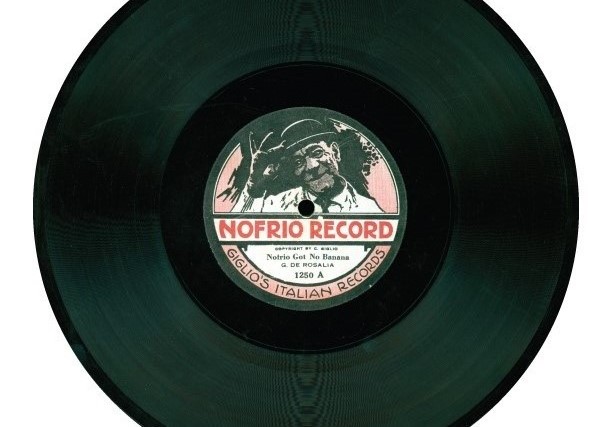Book Summary
A Summary of Crank Up the Phonograph

The America of the late nineteenth and early twentieth centuries was very different from our world. Race and people were interchangeable concepts as the post-1903 steamship manifests clearly demonstrate. Below the column headed “race or people” one sees Hebrews, Italians, Germans, and Poles, among many others. In fact, the word ethnicity did not exist in the 1900’s Webster dictionary. The Dictionary defined “ethnic” as “heathen” or “pagan.”1
Concepts pertaining to race and ethnicity have changed continually from that time to the present. However, unlike today, what people thought, they said, and a significant portion of what they said became part of the skits and songs on phonograph records.
The limited playing time of a record, often no more than four minutes and usually between two and three minutes, greatly determined content. Words/phrases needed to be quickly understood by the listener. Recording artists would generate stereotypical associations with these linguistic units. The more success an artist had with making records, the more likely this person could use fewer and fewer words. The listener already knew what to expect, the meaning of the words and phrases from their earlier work. And since artists did not live in a cultural vacuum, they tended to incorporate material other artists employed. In summary, a recording language, or perhaps languages, developed that featured easily understood units. Of course, to be successful, the work also had to contain novelty or at least a reworking of the mundane.
Another factor to consider is that no one recording could possibly cover everything. Each recording restricted itself to a tiny fraction of the available linguistic possibilities. The more recordings a person heard, the greater the opportunity to understand the recording language. One could compare it to an image generated by a computer: the greater the number of pixels, the clearer the image.
Most importantly, the recordings, especially the more successful ones, did not develop by accident. The market determined the product and, for the most part, the average American made up the market. Given the fact that ten inch discs generally cost the considerable sum of seventy-five cents from before World War I to the Depression, and twelve inch discs could cost a great deal more, these records had to generate want/need. In some way they had to speak to the buyer. In his book Recorded Music in American Life: The Phonograph and Popular Memory, 1890-1945, William Howland Kenney states that they served as “collective memories” that “‘froze’ past performances as engraved sound pictures: 78 rpm records offered Americans memories of memories.”2
The recordings tend to fall into two categories. The larger category consists of recordings made for the mainstream population. For the most part these skits and songs humorously focused on stereotypical expectations of immigrants, African Americans, and country people. In so doing, they viewed, explained, and created a world of the “other.”
Shortly after recording companies started producing material for the general population, they realized the potential immigrant market. These recordings can be subdivided into a number of distinct categories, including popular old country songs, traditional religious works, and recordings that address the life of immigrants in this country, either directly or indirectly. The more direct recordings describe being in this country by presenting a skit or song recounting something about coming over from the old country and/or the pain and joy of being here. (Most often they discuss the pain.) The more indirect recordings simply employ an immigrant language, incorporating elements of other languages with which the immigrant would have been in contact, most frequently English.
Using early recordings as a base for study, Crank Up the Phonograph: Who We Are and Where We Came From in Early Sound Recordings attempts to understand how the people of that period viewed themselves, others and the general world they encountered. The five chapters focus on sale patterns of early recordings, the utilization of stereotypical language to define boundaries, English acquisition, the confrontation with other strange technologies, and finally, the ramifications of a diminished trait list among immigrant groups. As the Preface states, “this work is in no way the definitive study. The author asks that the reader continue the examination.”
1. Noah Webster, An American Dictionary of the English Language (New York: Webster’s International Dictionary, 1900), 412.
2. William Howland Kenney, Recorded Music In American Life: The Phonograph and Popular Memory, 1890-1945 (New York: Oxford, 1999), XVII.



